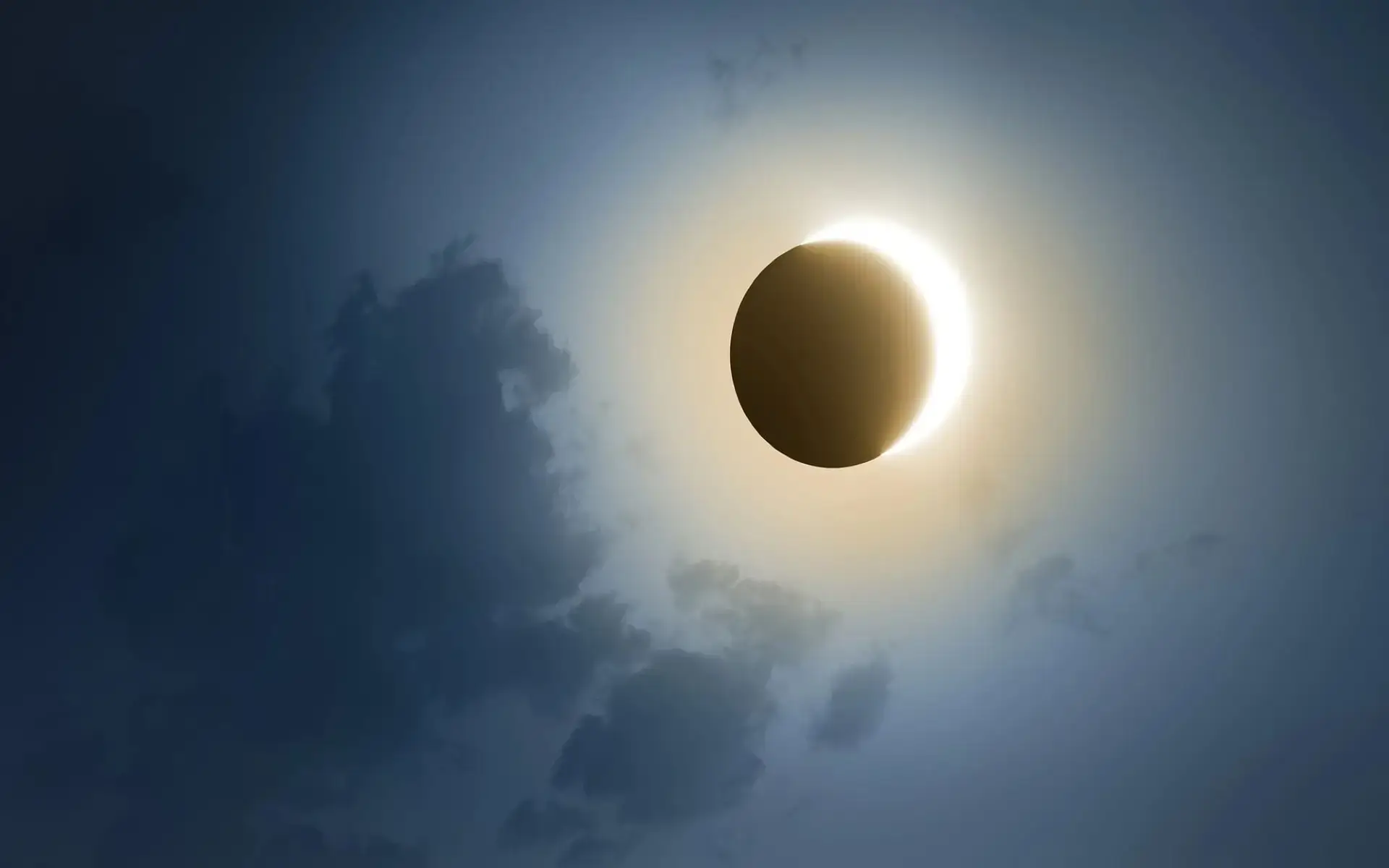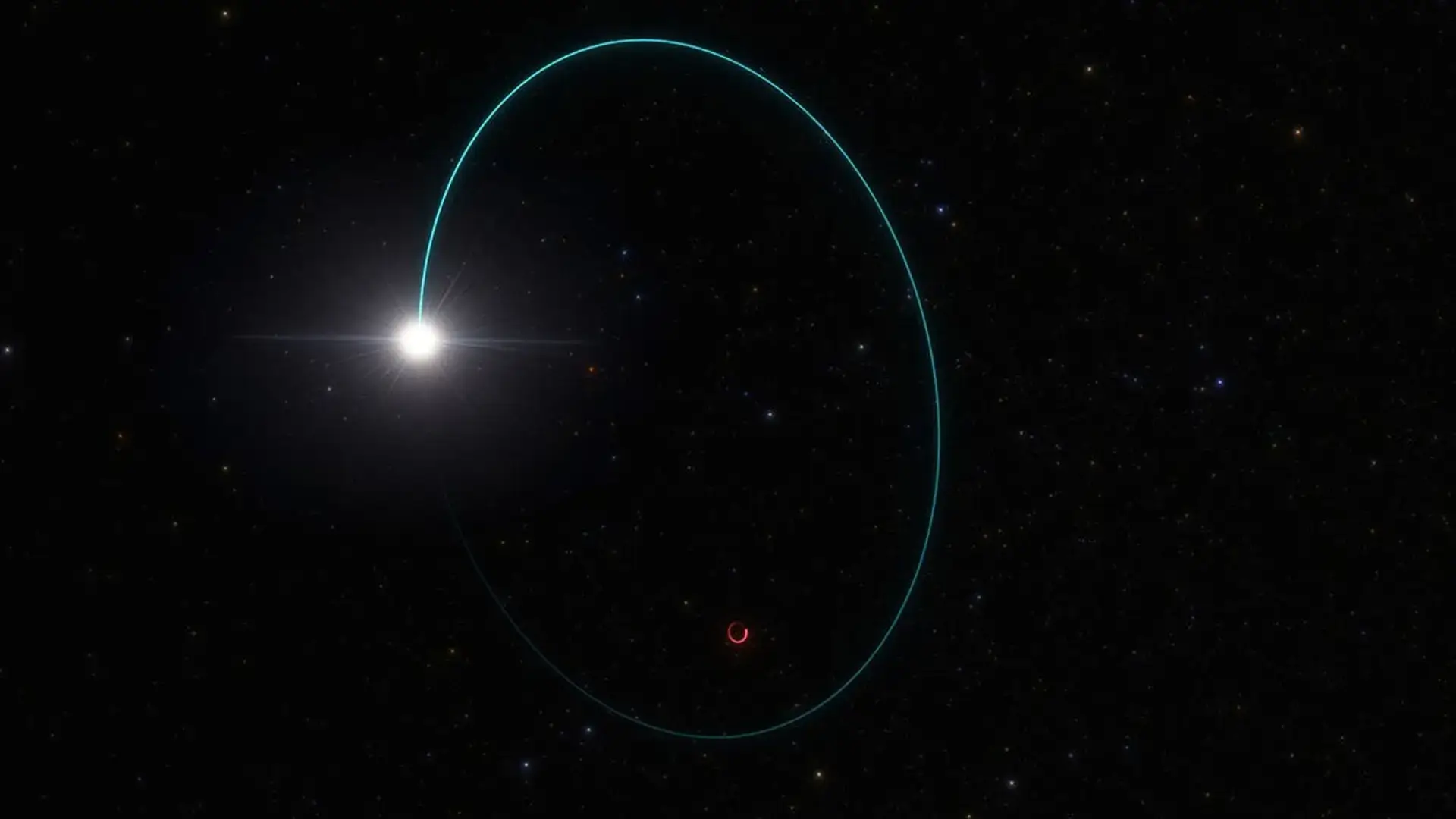A recalculation by John Irwin, a master in eclipse computations, indicates a narrowing of the path of totality. This new information could potentially affect viewing plans for some on the periphery of the path.
The path of totality, where the moon entirely blocks the sun during a solar eclipse, is thought to be 600 yards narrower than previously assumed. This discovery means that those planning on watching from the edge of the path might have an even shorter window to witness the breathtaking celestial event.
The path of totality, a 115-mile-wide and 9,200-mile-long path, was initially reported by Forbes. The new data suggest that locations expected to witness the total eclipse for a few seconds, such as Rome, New York; Effingham, Illinois; and Montreal’s Cité Jardin park, could now be just outside the zone.
The discrepancy arises from differing opinions on the size of the sun. NASA scientists have confirmed that the long-standing official map may not be entirely accurate. They suggest that viewers on the edge should travel a mile or so into the zone to ensure they witness the moon entirely obscuring the sun.
“Calculations using a slightly larger radius for the size of the sun yield an eclipse path that is slightly narrower,” explains Dr. Michael Kirk, a research scientist in the Heliophysics Science Division at NASA’s Goddard Space Flight Center.
The zone of totality could also be slightly impacted by “uncertainty in the Earth’s rotation,” adds Kirk. “Traveling towards the center of the path of totality — even a mile or two — will quickly increase the length of totality that people can see.”
The revised path of totality does not impact the vast majority of the estimated 34 million people expected to witness the total solar eclipse. Major US cities like Dallas, Indianapolis, Cleveland, and Buffalo are still firmly in the center of the path. They will experience close to 4 minutes of complete darkness.
The 2024 Solar Eclipse: What You Need to Know
- The solar eclipse is slated for Monday, April 8, and will block the sun for over 180 million people in its path.
- The eclipse will extend from Mexico’s Pacific Coast across North America, touching 15 US states, and continue all the way to the coast of Newfoundland, Canada.
- New Yorkers will experience the solar eclipse just after 2 p.m. Monday.
- Experts predict a massive explosion on the sun, known as a coronal mass ejection.
- It is crucial to view the event through proper eyewear like eclipse glasses, or a handheld solar viewer, during the partial eclipse phase before and after totality.
- The next total solar eclipse will take place on Aug. 12, 2026, and totality will be visible to those in Greenland, Iceland, Spain, Russia, and a small slice of Portugal.
As the totality zone moves to the northeast, certain locales such as Effingham, Illinois, and Crawfordsville, Frankfort, Kokomo, and Fort Wayne, Indiana, may lose some visibility. The same applies to Canton, Columbus, and Cincinnati, Ohio.
In New York’s Finger Lake region, the small towns of Penn Yan, Dresden, and Romulus could be negatively impacted. The city of Rome may now be almost entirely squeezed out of the zone. In Canada, parts of Toronto, Montreal, Drummondville, and Lumsden may also lose a portion of the once-in-a-lifetime show in the sky.
Irwin’s collaborator, Luca Quaglia, explains to Forbes that their projection is more accurate because they used a more precise measurement of the sun and moon. This approach differs from the widely used figures based on calculations of the sun’s size that have been used since the 1800s.
“Measurements and observations in the last decade have demonstrated that [the traditional measurement of the sun] is slightly too small,” says Quaglia, adding, “There is evidence that the solar radius has changed over the centuries.”
Even with these new measurements, there is no guarantee of complete precision. The longest period of darkness in the zone will be in Torreón, Mexico, where the sun will be blacked out for 4 minutes and 28 seconds. By the time the eclipse is visible in Lake Placid, New York, the length of totality will have decreased to 3 minutes and 21 seconds.




